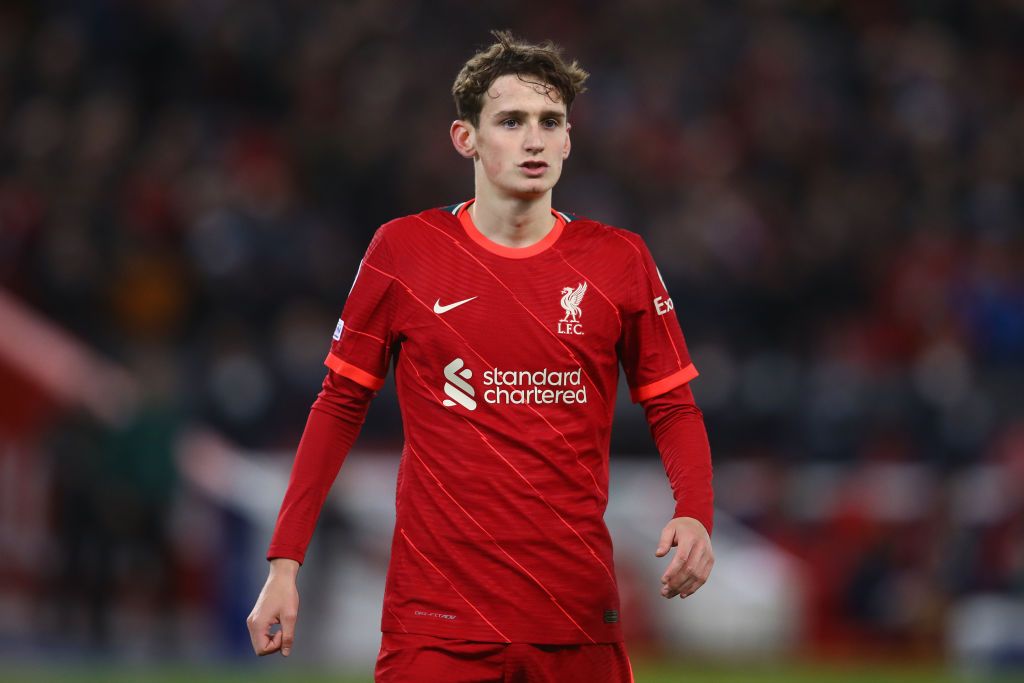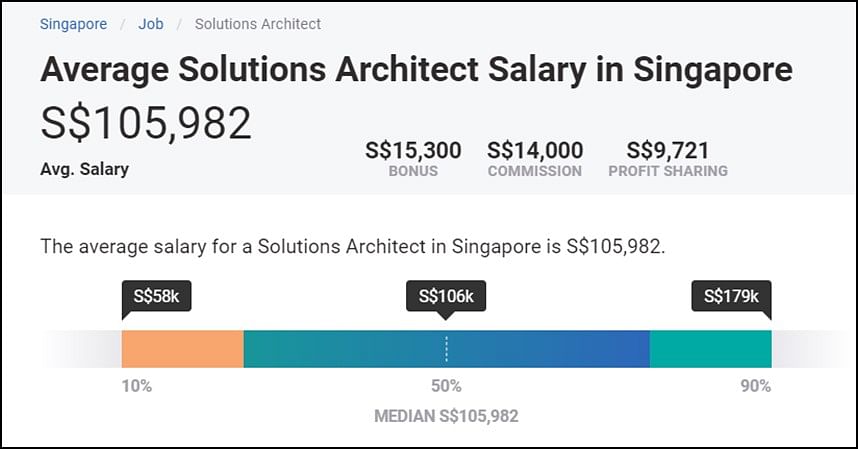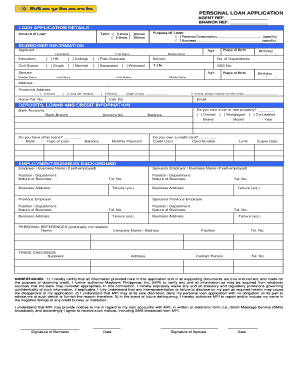Molek fm frequency - lacroix sauce hollandaise

Recent Posts
- Blanket 意思
- Aksi ranjang villa kristal
- Dasar agromakanan negara 2.0 pdf
- Gambar pemandangan pantai
- Angelo mathews
- Kay steak lobster ampang
- Tarikh bayaran bpr tambahan rm500
- Dbkl vaksin
- Siapa youtuber bunuh kekasih
- Unik polyclinic 24hrs & dental clinic
- Desaru coast hotel
- Is petaling jaya under emco
- Tabby cat
- Priyanka pandit
- Resepi pajeri nenas azie kitchen
FA20D Subaru Engine
Like other EJ Phase II engines, the crankshaft thrust bearing was positioned at the rear of the crankshaft to reduce the transfer of natural engine frequencies to the transmission and driveline.
.
The cam timing oil control valve assembly operated according to signals from the ECM, controlling the position of the spool valve and supplying engine oil to the advance hydraulic chamber or retard hydraulic chamber of the camshaft timing gear assembly.
FA20D Subaru Engine
When the engine was stopped, the spool valve was put into an intermediate locking position on the intake side by spring power, and maximum advance state on the exhaust side, to prepare for the next activation.
.
The four valves per cylinder — two intake and two exhaust — were actuated by roller rocker arms which had built-in needle bearings that reduced the friction that occurred between the camshafts and the roller rocker arms which actuated the valves.
- Related articles
2022 qa1.fuse.tv
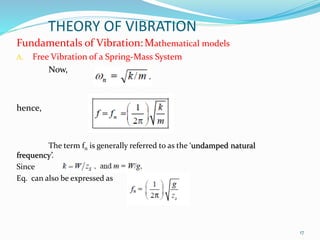





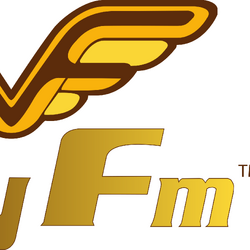


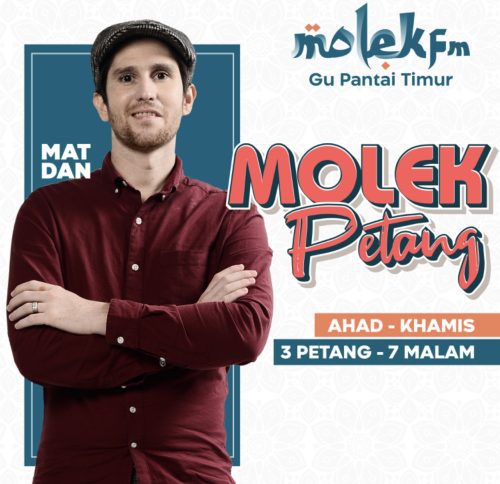




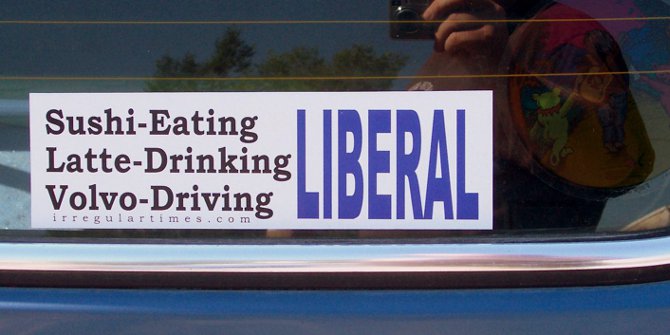

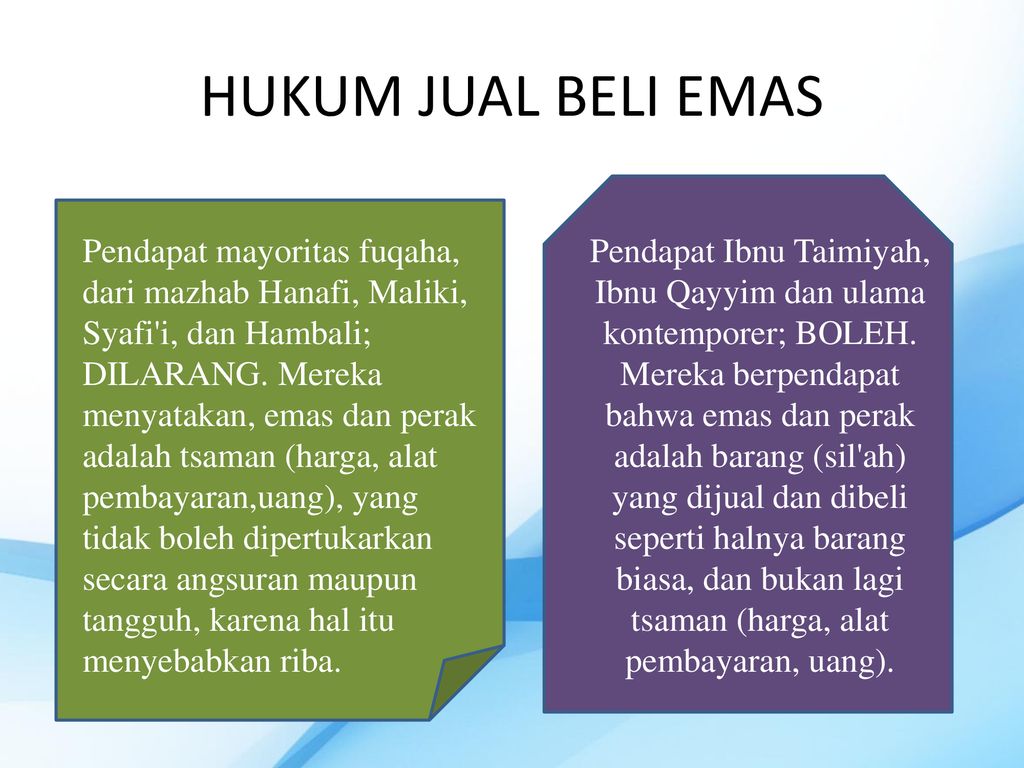

_poster.jpg/250px-The_Legend_of_the_White_Snake_(TV_series)_poster.jpg)


